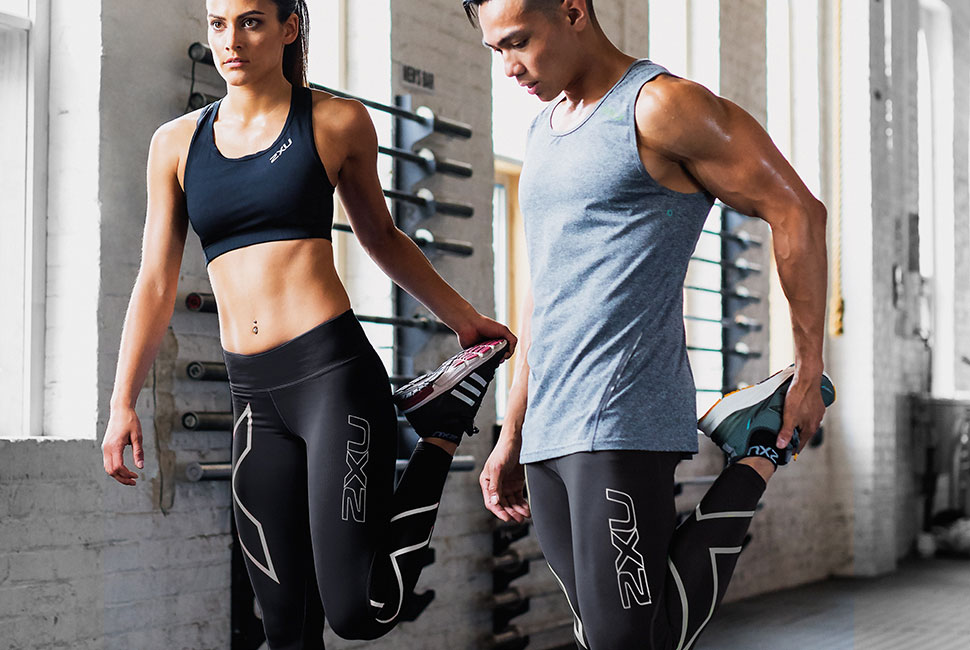To wear or not wear compression: Do they work?
Compression wear – from the average gym goer and weekend runner, to the professional athlete. No doubt you’ve seen compression garments being worn plenty of times before. But how effective is compression wear for the non athlete? Is it just a fashion fad or is it a legitimate option for increased performance and recovery? We sat down with Australian Olympic team physio and runner Myles Burfield to discuss.
1. Are compression garments necessary for increased performance and recovery?
At the amateur level compression garments are not necessary, although they could be beneficial depending on your reasons for using them. From a recovery perspective their use is well supported in the research, and they’re used widely within the elite community for travel and improved speed of recovery post high intensity sessions. Their performance benefits are a little more controversial. Some very weak research suggests that their may be some performance benefits across a few different sports (cyclists, netballers, track athletes) although the size of the studies were small, and the improvements were not ‘statistically significant’. This means that they found small changes but after analysis it was not clear if these changes are due to true benefits from compression garments, or just natural differences between the groups (aka sampling error).
2. Are they relevant for the casual/semi casual runner, or only for professionals?
In all honesty, if you’re looking for performance benefits as a casual runner you’re unlikely to find them in your compression garments. Although one of the biggest issues for amateur athletes is they often don’t have the time or resources to do optimal recovery (massage, stretching, proper cool downs). Compression garments can really assist when used after long or hard training sessions, or especially when you are training on consecutive days. A good example for many runners would be racing on a Saturday, and then doing a long run Sunday.
3. In terms of recovery, when is the most optimal time to wear compression garments and for how long?
For recovery compression has been shown to work best when worn within 1 hour of exercising, and kept on overnight. If they are used during exercise benefits have been shown as early as 15minutes post exercise (decreased blood lactate levels in athletes wearing compression), although if you have been exercising without the garments then the priority is to cool your internal body temperature first (water immersion, rest, drinking cool water) before applying compression garments which could make it more difficult to get your body temperature down.
4. From your experience through the AIS, which brand of compression wear did you find the most effective?
The battle of the brands is mainly between 2XU and Skins, and unsurprisingly they have funded much of the research. The bottom line is that more compression gives you more benefits in circulation, although it is often less comfortable to wear for long periods. There are different levels of compression. These are measured in millimetres of mercury (mmHg). The higher the mmHg, the higher the compression:
8-15 mmHg = mild compression.
15-20 mmHg = moderate compression
20-30 mmHg = firm compression
30-40 mmHg = Extra firm compression
When choosing compression garments for sporting or everyday use I usually recommend moderate compression, and choosing the brand that is the most comfortable. If the garment is a good fit, and compression is applied evenly, it should feel comfortable and non-restrictive. We want increased circulation, rather than circulation blocks.
Myles Burfield was an Australian Olympic team physiotherapist at the Rio Olympics, and is also a director at Activate Health and Fitness. Myles is part of JS-PT’s network of health professionals who works with us and our clients for specialised physiotherapy needs.

